This first monograph brings together the work of Gaston Paris (1903-1964), a prolific press reporter, who remained in the shadows for a long time, and the most widely published photographer in Vu magazine. His images, with their astonishing and avant-garde settings, appeared in the press in the 1930s alongside those of Germaine Krull and André Kertész. Equipped with his Rolleiflex, he captured the nightlife of Paris, the world of the circus and the music hall, as well as social movements: his daring framing, his high-angle and low-angle shots, and his contrasting black and whites bear witness to a sharp and modernist gaze.
This book and the accompanying exhibition at the Centre Pompidou allow us to rediscover this photographer, deeply influenced by surrealism and the "social fantasy" of the period. From the backrooms of cabarets to the artists' studios, without forgetting the great social subjects, this book is an exceptional testimony to the evolution of society between the wars and presents the multiple aspects of a so far unknown work, rediscovered by the historian of photography Michel Frizot. Photographs, thematic contact sheets conscientiously designed by Gaston Paris himself, as well as excerpts from the pages of magazines with which he regularly collaborated, give a glimpse of the extent of his aesthetic vocation. This visual exploration is enriched by texts by Michel Frizot, and by Delphine Desveaux, director of the Roger-Viollet collections, responsible for the Gaston Paris collection.
Gaston Paris Michel Frizot
La photographie en spectacle, Gaston
This first monograph brings together the work of Gaston Paris (1903-1964), a prolific press reporter, who remained in the shadows for a long time, and the most widely published photographer in Vu magazine. His images, with their astonishing and avant-garde settings, appeared in the press in the 1930s alongside those of Germaine Krull and André Kertész. Equipped with his Rolleiflex, he captured the nightlife of Paris, the world of the circus and the music hall, as well as social movements: his daring framing, his high-angle and low-angle shots, and his contrasting black and whites bear witness to a sharp and modernist gaze.
This book and the accompanying exhibition at the Centre Pompidou allow us to rediscover this photographer, deeply influenced by surrealism and the "social fantasy" of the period. From the backrooms of cabarets to the artists' studios, without forgetting the great social subjects, this book is an exceptional testimony to the evolution of society between the wars and presents the multiple aspects of a so far unknown work, rediscovered by the historian of photography Michel Frizot. Photographs, thematic contact sheets conscientiously designed by Gaston Paris himself, as well as excerpts from the pages of magazines with which he regularly collaborated, give a glimpse of the extent of his aesthetic vocation. This visual exploration is enriched by texts by Michel Frizot, and by Delphine Desveaux, director of the Roger-Viollet collections, responsible for the Gaston Paris collection.
Softcover
19.5 x 27 cm
256 pages
300 B&W and color photographs and documents
Texts in french
Michel Frizot
Delphine Desveaux
Copublished with the Centre Pompidou
Link to the video of bookflip.
ISBN : 978-2-36511-288-8


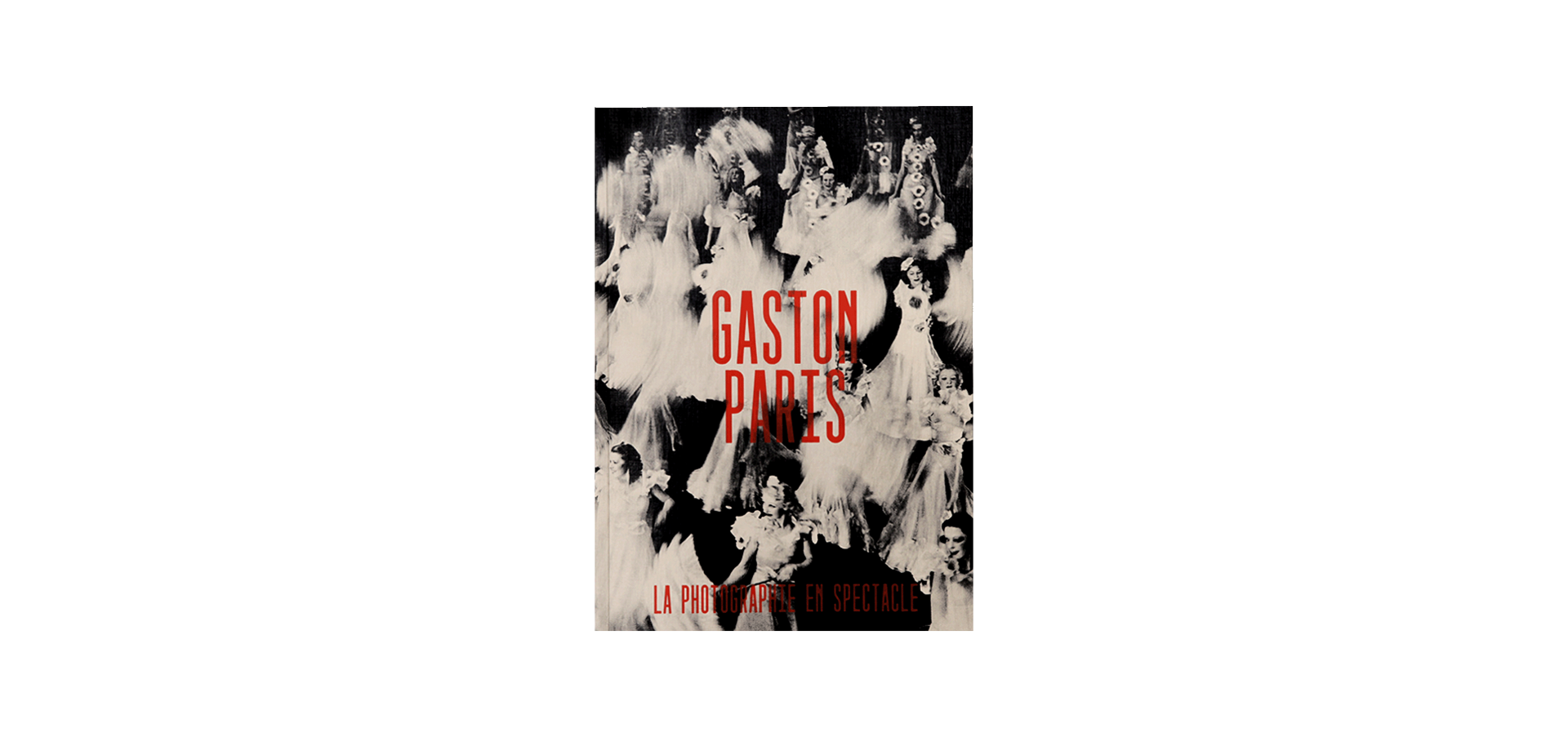




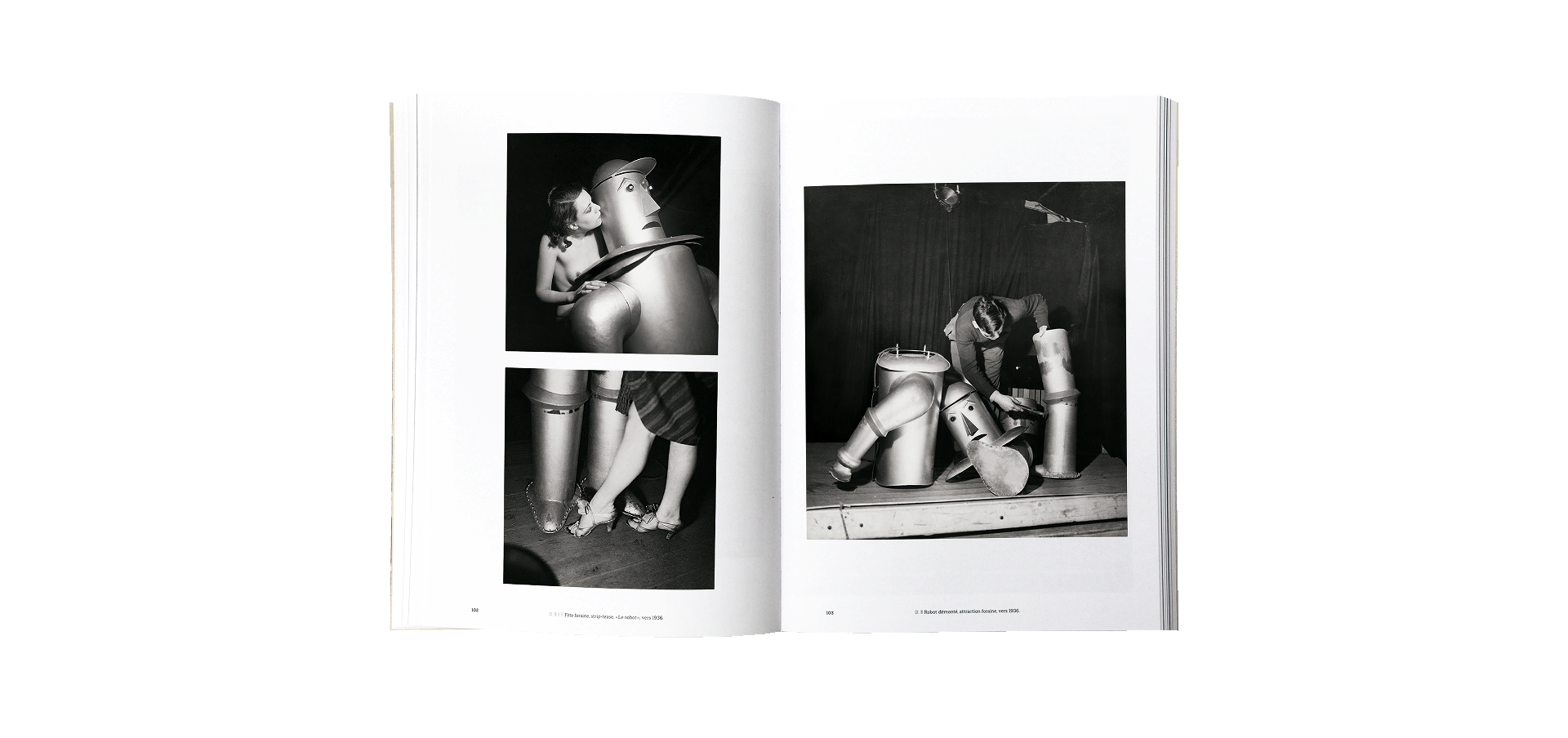



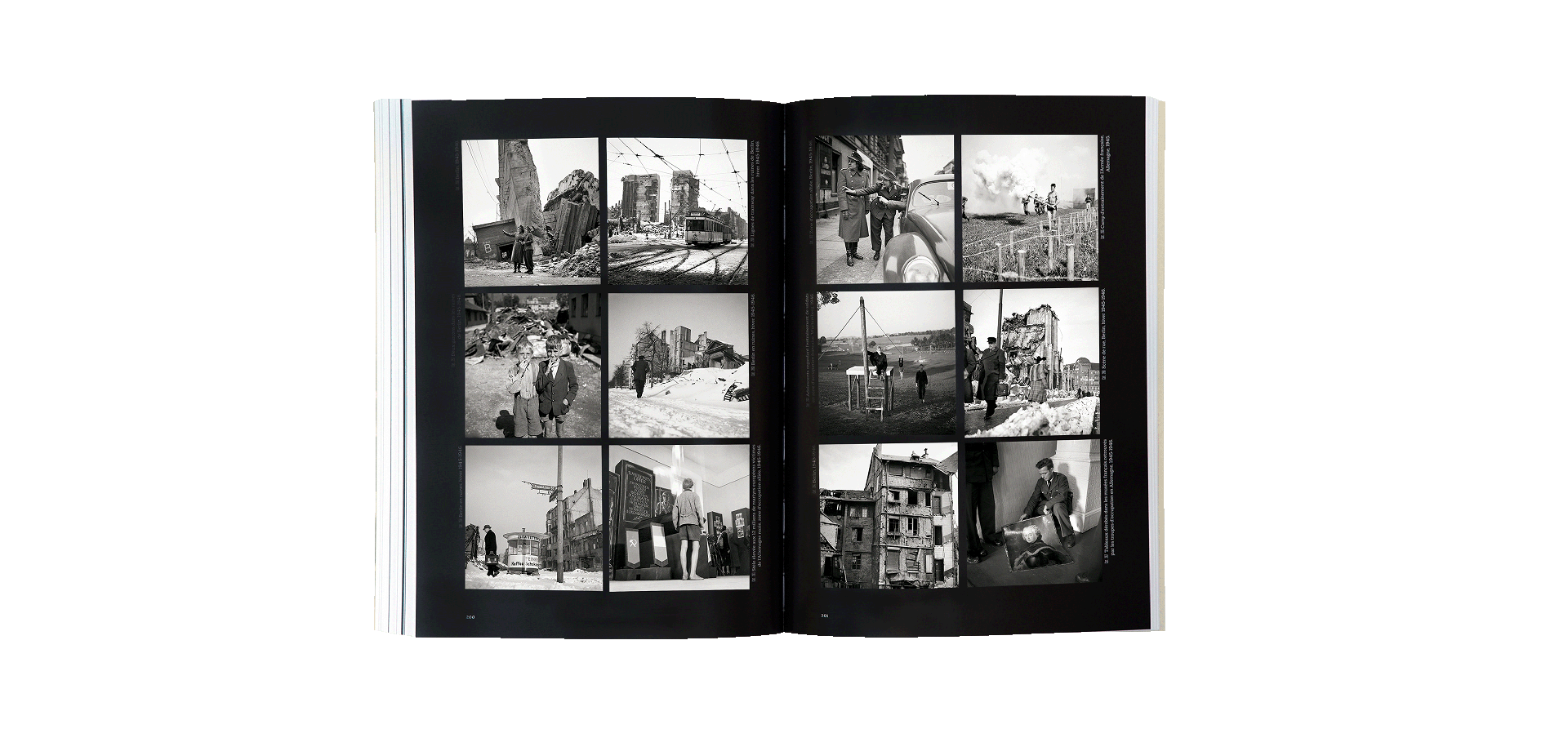
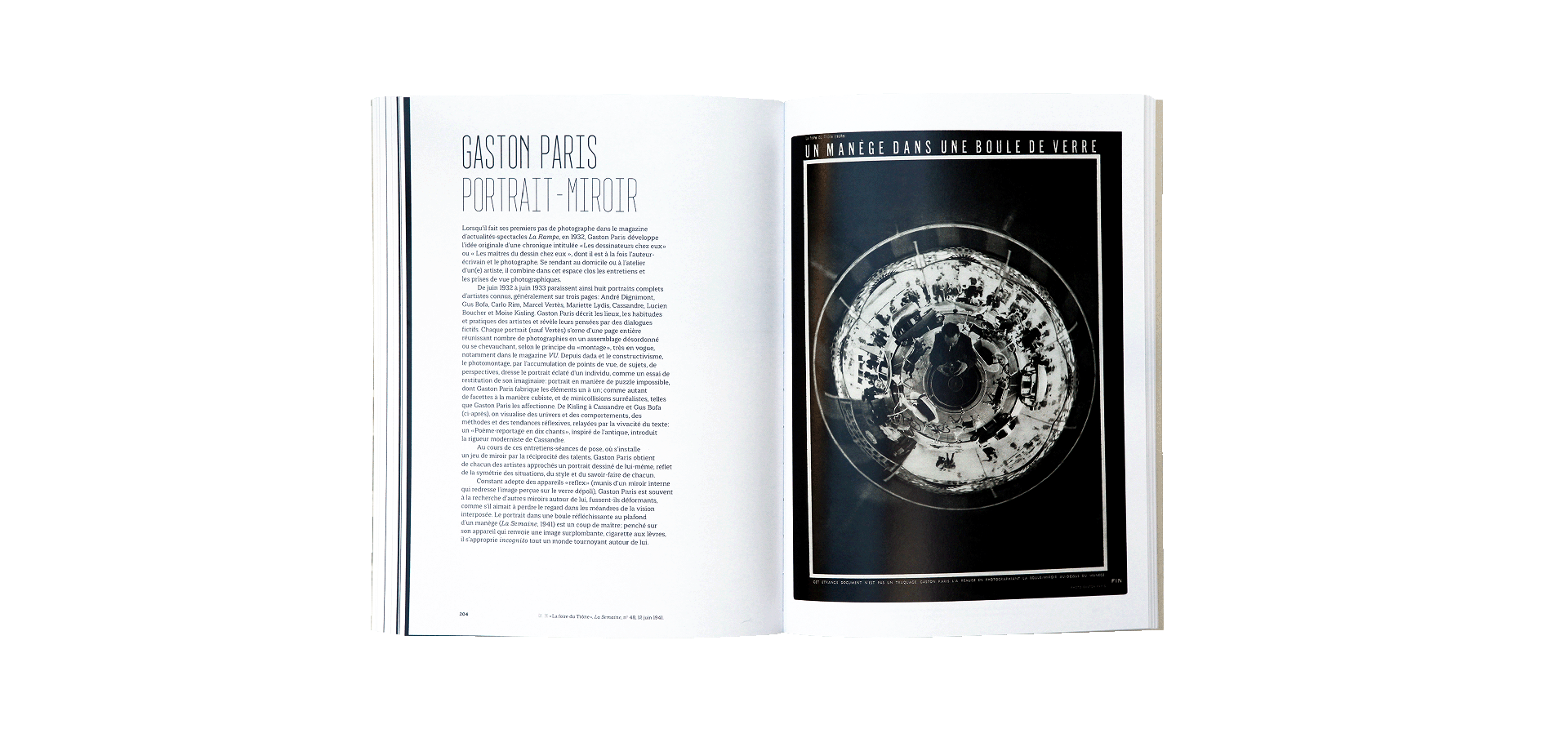
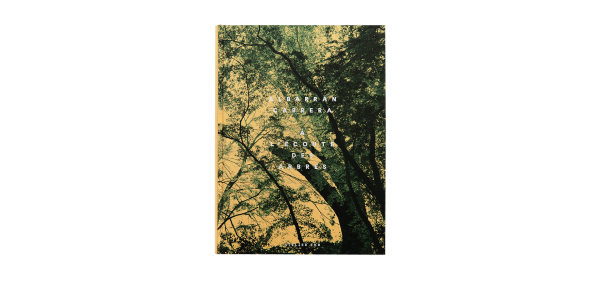
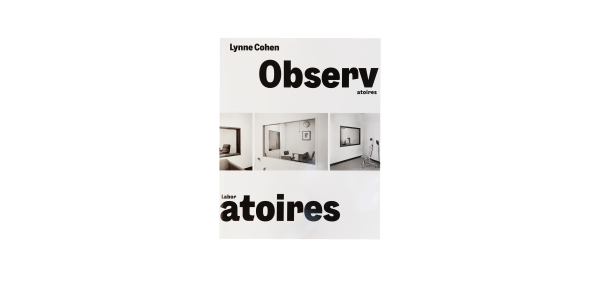

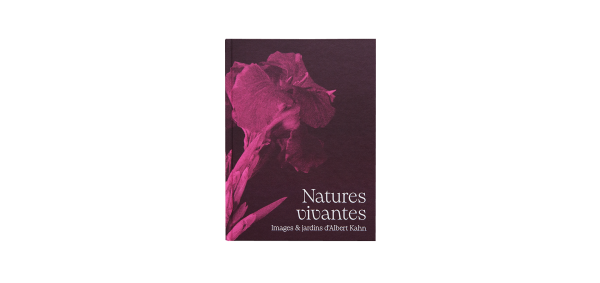
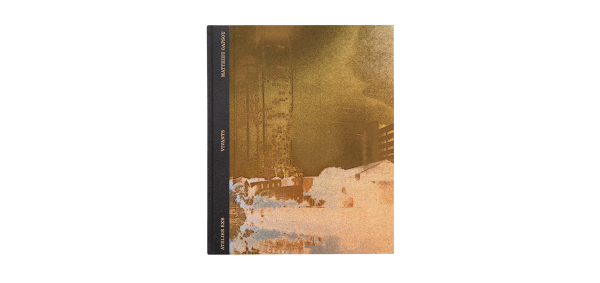
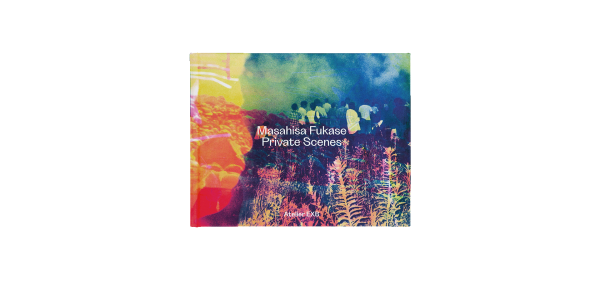

 see the whole catalog
see the whole catalog